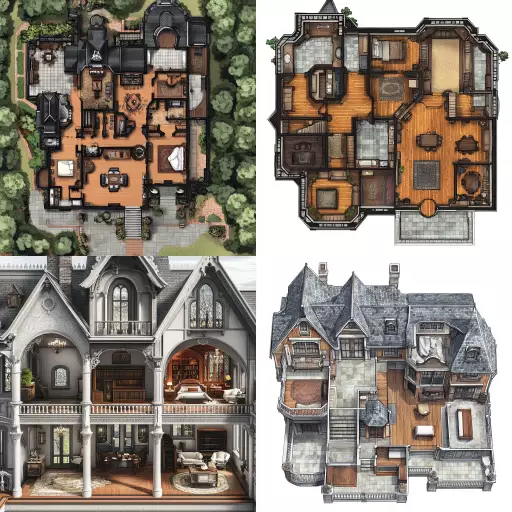Explore the Best AI Image Gallery

Beyond the Canvas: How Wearable Tech is Redefining Creative Expression
The realm of creativity has always been a space of boundless exploration, pushing the boundaries of imagination and innovation. Today, wearable technology stands at the forefront of this evolution, offering artists, designers, and creators an unprecedented toolkit to express themselves in entirely new ways. From interactive installations to personalized augmented reality experiences, wearables are blurring the lines between the physical and digital worlds, redefining what it means to create and experience art.
A New Dimension of Artistic Expression
Wearable tech empowers artists to transcend traditional mediums, incorporating technology into their creative process. Imagine a dancer whose movements trigger projections onto surrounding walls, or a musician who controls the symphony through subtle gestures captured by sensors embedded in their clothing. These immersive experiences blur the boundaries between performer and audience, inviting viewers to become active participants in the artwork.
Examples of this innovative fusion are already emerging:
- Interactive Installations: Artists like Marina Abramović have utilized wearable sensors to create interactive installations that respond to audience movement and emotions, fostering a deeper connection between art and viewer.
- Augmented Reality (AR) Experiences: Wearable AR glasses can overlay digital elements onto the real world, transforming everyday spaces into vibrant canvases for artistic expression. Imagine walking through a museum and witnessing historical figures come to life or exploring a cityscape adorned with interactive sculptures.
- Bio-Art: Artists are incorporating biometric data from wearables into their creations, translating heart rate, brainwaves, or even muscle tension into visual or sonic expressions. This merging of technology and the human body explores the intersection of art, science, and the self.
The Ethical Landscape of Wearable Creativity
As wearable tech becomes increasingly integrated into artistic expression, it raises important ethical considerations:
- Data Privacy: Wearables collect vast amounts of personal data, raising concerns about how this information is used and protected. Artists must ensure transparency and obtain informed consent from participants when collecting biometric or behavioral data.
- Accessibility and Inclusivity: The cost and complexity of some wearable technology can create barriers to entry for certain artists and communities. Its crucial to promote accessibility and inclusivity in the development and deployment of wearables to ensure that everyone has the opportunity to participate in this creative revolution.
- Authenticity and Ownership: As AI algorithms become more sophisticated, questions arise about the authorship and ownership of art created with the assistance of technology. Its important to establish clear guidelines and ethical frameworks for navigating these complex issues.
Future Trends Shaping Wearable Creativity
The field of wearable technology is constantly evolving, with exciting advancements on the horizon:
- Brain-Computer Interfaces (BCIs): BCIs will allow artists to control digital creations directly with their thoughts, unlocking a new level of intuitive and immersive artistic expression.
- Haptic Feedback: Wearables with advanced haptic technology will enable artists to create multi-sensory experiences, allowing viewers to feel the textures and vibrations of digital art forms.
- Personalized Creativity: AI-powered wearables will learn individual artistic preferences and styles, providing personalized recommendations and tools to empower creators in their unique journeys.
The integration of wearable technology into the creative industry is a transformative journey, brimming with both exciting possibilities and ethical challenges. By embracing these innovations responsibly and thoughtfully, we can unlock a future where creativity knows no bounds, empowering artists to push the boundaries of imagination and redefine the very essence of art.